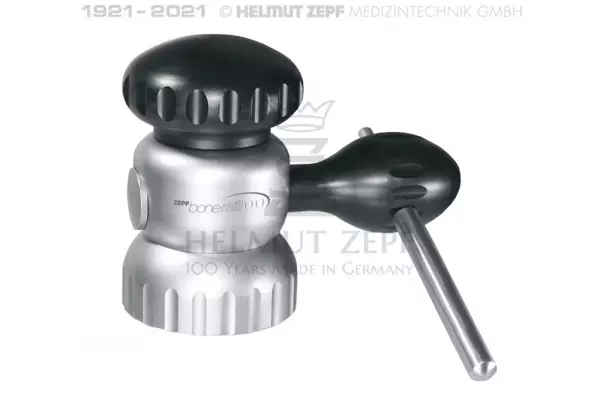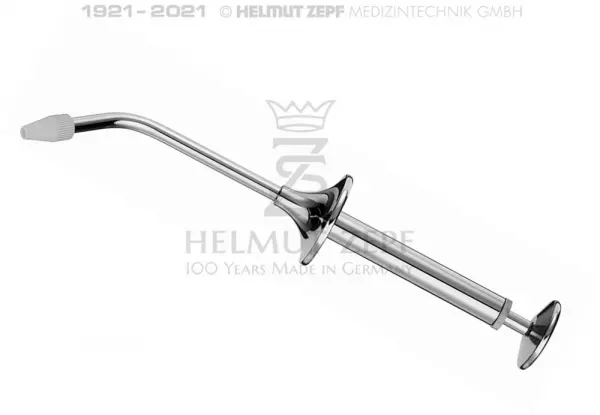
Bone Management - Dental Implant Instruments
19.714.01 APPLICATOR FOR AUGMENTATION INJECTOR Ø 2,5 MM, LENGTH: CA. 160 MM 19.714.16...
Portal and digital medical technology fair of the largest MedTech cluster in Germany

Bone Management - Dental Implant Instruments
19.714.01 APPLICATOR FOR AUGMENTATION INJECTOR Ø 2,5 MM, LENGTH: CA. 160 MM 19.714.16...

CARRIER, AMALGAM AMALGAM GUN, WITH SCREW...
CARRIER, AMALGAM AMALGAM GUN, WITH SCREW OFF PLASTIC POINT, 45° 19.080.12 SETTER, BAND EAS...

Dental materials, orthodontic dental material, dental material for dental restoration
In the field of orthodontics, there are several types of dental materials used for treatment. These are metal brackets, ceramic fillings, and a variety of other components. Depending on the application, these items can be either removable or fixed. These appliances can be either bonded to the tooth structure or customized using CAD-CAM systems. Various types of ligatures are also available for use. The most commonly used materials include ceramic, porcelain, and metal.
For large cavities, dental lining materials are often used. These materials are placed between the restored tooth structure and the restorative material. They form a barrier to prevent recurrent decay and damage to the sensitive pulp. Dentists apply these materials after drilling out the caries and after curing with light. For large cavities, additional layers may be needed. During the setting reaction, these materials become rubbery. They adhere to stainless steel instruments, making them easy for the dentist to manipulate.
For larger cavities, dental lining materials are used. These materials are placed between the restoration material and the remaining tooth structure. These lining materials create a barrier between the tooth and the restoration material, protecting sensitive pulp. They are applied by the dentist after drilling out the caries and are light-cured. During this process, additional layers may be needed for larger cavities. Most liners are flexible and can be molded to fit the oral cavity of most people.
Nevertheless, dental materials are continually studied and tested. In vivo and in vitro investigations are important in understanding the behaviour of different types of orthodontic materials. These studies help orthodontists design better orthodontic materials. In the future, this research will help dentists develop better materials. Therefore, we encourage you to submit an original research article in the Journal of Materials. You will be able to publish your findings in an open access journal.
Metal fillings are a popular method of dental bonding. Unlike metals, they are not sticky and cannot adhere to tooth tissue. However, metal-free materials are ideal for orthodontic treatments. For patients who have sensitive teeth, these types of materials are not suitable for them. They can't be used for edentulous implants. They're mainly used in the posterior part of the mouth. They're cheap, and are not good for long-term wear.
The most common metal fillings are made of zinc. These alloys are cheap and easy to remove. Gold-based fillings are also preferred because they are able to withstand daily mastication forces. But the only problem with these metal fillings is that they don't look as good as natural teeth do. Moreover, metal-based restorative materials can be expensive. They require a high amount of investment.
Become a digital exhibitor yourself in the online portal of the largest and best-known MedTech cluster region in Germany and inform the world of medical technology about your products and services as well as about news, events and career opportunities.
With an attractive online profile, we will help you to present yourself professionally on our portal as well as on Google and on social media.